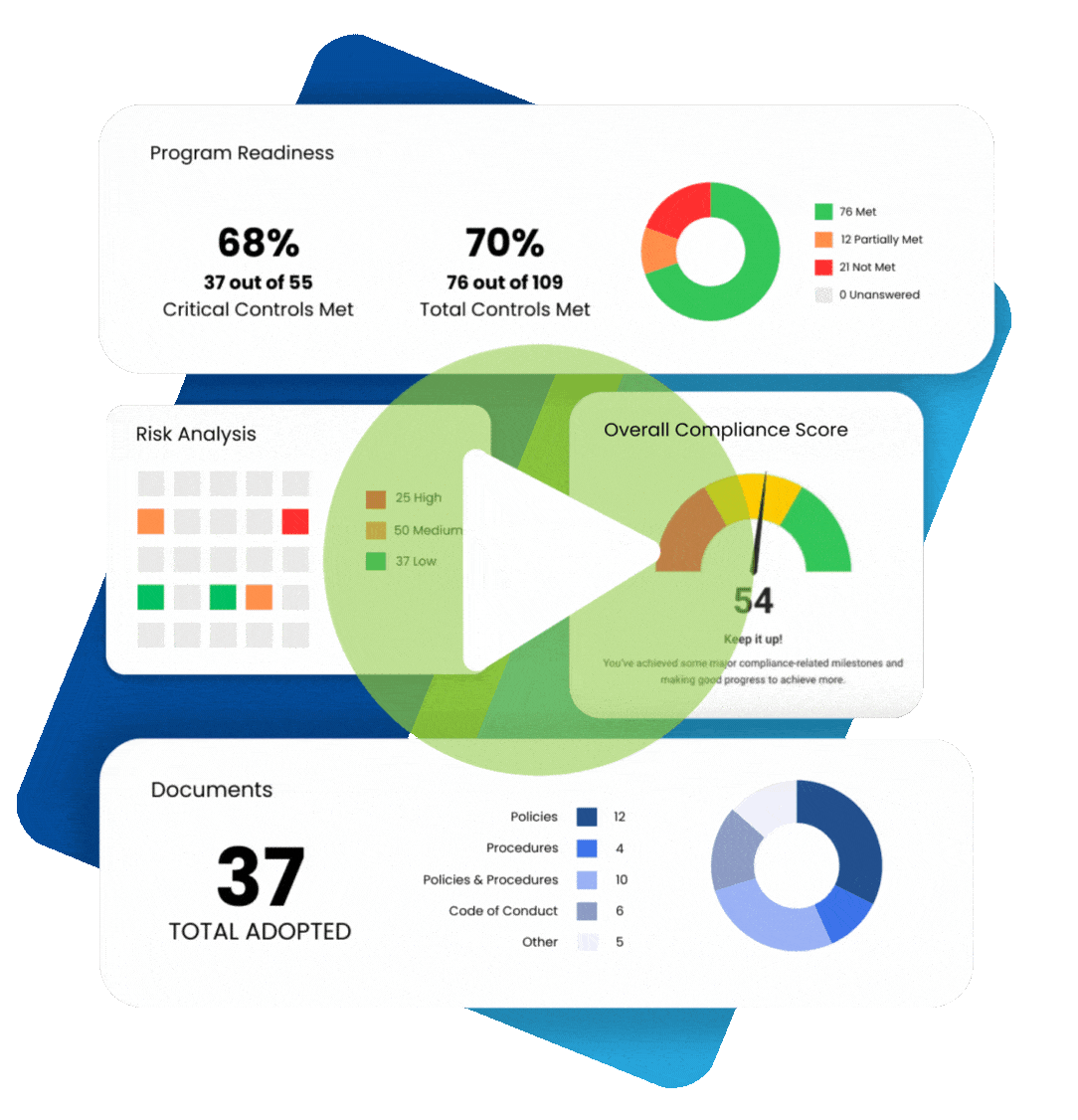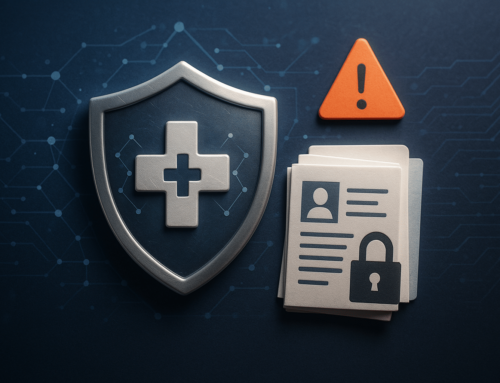
A healthcare information breach, such as hacking or an insider threat, invades the privacy of patients who depend on your organization’s protection. Furthermore, depending on the nature or circumstances, your business could face significant fines and other legal consequences if you’re the victim of a data breach. With the latest compliance software, your organization can prevent such breaches or mitigate their effects when they happen.
What Constitutes a Healthcare Data Breach?
A healthcare information breach is the disclosure, sharing, or access of a patient’s protected health information (PHI) without written consent. Of all the incidents of non-compliance, a data breach distinguishes itself by involving a violation or compromise of patient privacy.
A data breach can result from:
- Physical theft of devices or documents containing PHI or information from electronic medical records (EMRs)
- A lost, stolen, or misplaced device with PHI or other sensitive data
- Hacking or information technology (IT) incident, when unauthorized exposure results from phishing or ransomware
- Insider threats, such as when contractors or employees unlawfully disclose PHI intentionally or accidentally
- Human errors, like accidentally sending patient information to the wrong recipient
You should consider each data breach a severe incident, even when you can avoid serious consequences, such as an exposure that affects several individuals. A clear understanding of health information breaches is necessary to comply with regulations like the Health Insurance Portability and Accountability Act (HIPAA). A healthcare information breach is more likely to occur under any of the following conditions:
- Disclosing or sharing PHI without consent or necessity
- Sharing PHI with the wrong entity or person
- An unauthorized person (i.e., a hacker) gaining access to an electronic medical record (EMR) system
- An employee peeking at a patient’s EMR for no work-related reason
- Leaving print or digital PHI out in public where anyone could view it
Prevalence of Healthcare Data Breaches
In recent years, the number of breach incidents has increased significantly. Data breaches in healthcare increased by 239% from January 2018 to September 2023. There was also a 278% jump in ransomware attacks in the same period.
It’s not just the number of healthcare data breaches that cause concern. We must also assess the severity of a violation, which considers how many individuals they affect. In 2021 and 2022, 45.9 and 51.9 million records, respectively, were breached.
Unfortunately, 2024 was a record-breaking year, with 179 million records stolen, exposed, or disclosed without authorization. 2024’s biggest data breach, Change Healthcare, Inc., affected almost 100 million individuals and was the most severe breach on record. To further put things into perspective, the number of healthcare records illegally disclosed between 2009 and 2023 was more than 519 million.
The Importance of Compliance Regarding Healthcare Data Breaches
Complying with regulations like the HIPAA Security Rule can help prevent data breaches. Even when incidents occur, their effects are typically far less severe than in cases of willful non-compliance. In unintentional cases or those resulting in minor consequences, organizations are more likely to receive guidance on fixing their issues than hefty fines.
A comprehensive software package from Compliancy Group is your solution for improving security practices and ensuring a culture of compliance in your organization. Our software helps you meet compliance requirements, conduct risk assessments, identify threats to information security, automate administrative tasks, and train your employees on compliant practices.
Let Compliancy Group be your resource for preventing and responding to cyberattacks. Contact us today to learn how our compliance software can help uphold patient safety and protect your business.









